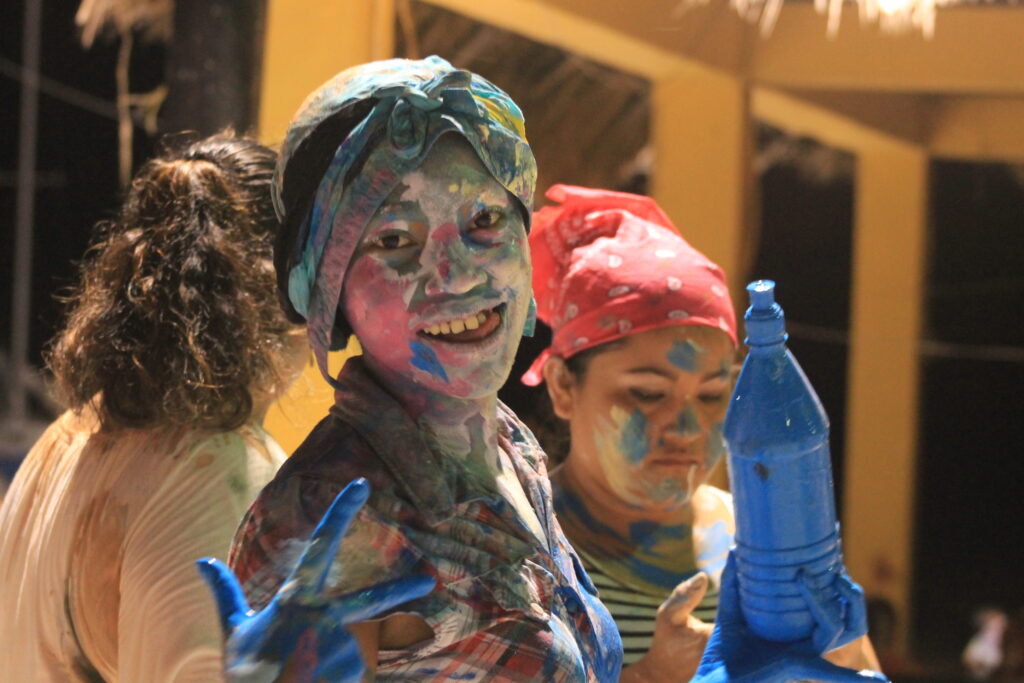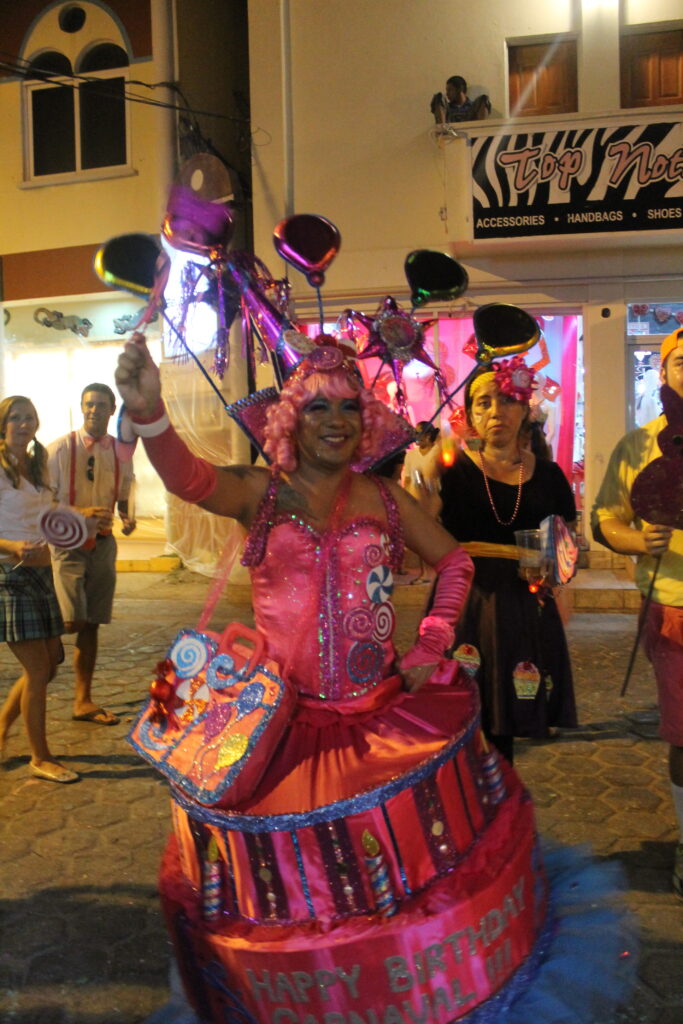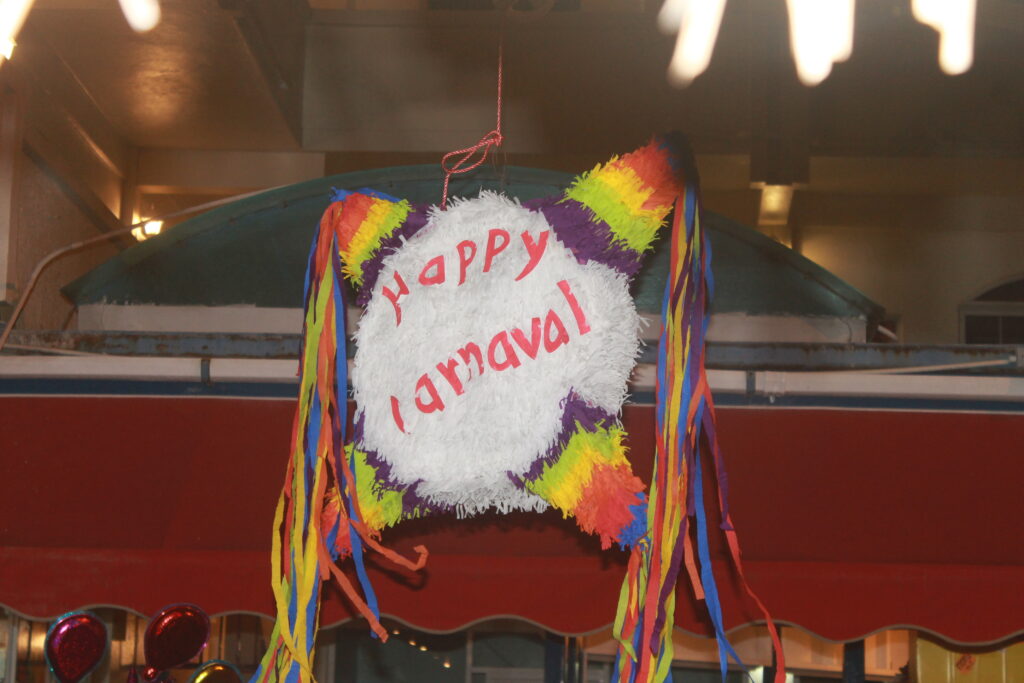Description
Carnaval is a pre-lenten festivity once widely practiced in northern Belize, and other Maya Mestizo communities. The festivity commences with the enmascarados, the masked dancers who go throughout the community signaling Carnaval’s proximity. The highlight of this celebration is the three days of Carnaval which directly preceding Ash Wednesday. On these days, Carnaval dancers parade from house to house and are invited to perform various comparsas (theatrical dances), including favourites such as el torito, el papalotito, el jardinero and la culebra, among others. The dance la cinta – in which coloured ribbons are weaved and unwound – on the Maypole is also performed.
On Tuesday evening, La Reina del Carnaval is crowned and a parade throughout the village streets follows. Recently, el baile de la cabeza del cochino (Hog-Head Dance) has been integrated in the event. At the end of this day, the comparsas are performed a final time and Juan Carnaval’s (the folkloric patron of carnaval) testamento, (last will) is read. The burning of Juan Carnaval’s effigy symbolically ends the revelry as the Lenten season is ushered in on Ash Wednesday.
Transmission and Safeguarding Practices
While Carnaval was formerly practiced by many groups and individuals in Maya – Mestizo communities across Belize, it is now only practiced in a few communities. In Caledonia Village, the family of Dona Ernestina Moh transmits the knowledge through oral tradition and continued practice. Transmission and safeguarding interventions have also been carried out at the Caledonia Village Primary Schools with support from the National Institute of Culture and History. The Corozal and Banquitas Houses of Culture also stage annual presentations of the traditional comparsas where community comparsa groups are invited to stage performances for the Corozal and Orange Walk communities respectively. This has led to a resurgence of interest in Carnaval and in the transmitting the comparsas themselves.
In San Pedro Ambergris Caye, there are several active comparsa groups, who plan and execute the annual festivity. Their efforts are often supported by the San Pedro House of Culture, the San Pedro Town Council, among other community and business groups. This ensures that the tradition remains viable for future generations. Also characteristic of the San Pedro Carnaval is the development of new comparsas that reflect the social and political issues in San Pedro Town and wider Belizean popular culture.
In Orange Walk and Corozal Towns, the Houses of Culture host annual performing arts presentations where dance and musical groups from surrounding communities are invited to perform comparsas. This has led to the development of new groups, such as that established by the School of Agriculture in the Orange Walk District.
Continuity of Carnaval
Associated Cultural Forms, Traditions and Knowledge
Comparsas of Carnaval; Music of Carnaval; Hog Head Dance; Traditional Foodways;
Spaces for Enactment
- Streets of Caledonia Village
- Streets of San Pedro Town, Ambergris Caye
- Banquitas House of Culture
- Central Park, Orange Walk Town
- Corozal House of Culture
Communities and Groups Involved
- Caledonia, Corozal
- Caledonia Carnavalistas
- Corozal Town, Corozal
- Orange Walk Town, Orange Walk
- Xaibe Village, Corozal
- Patchakan, Corozal
- Cristo Rey, Corozal
- San Pedro Town, Ambergris Caye
- San Pedro Town Council
- Northern Maya Association of Belize
- To’one Masehualoon
- Banquitas House of Culture, Orange Walk
- Corozal House of Culture
- Yo’sayab – Sobre el balantial
Other Sources of Information
- Banquitas HOC: https://www.facebook.com/Banquitas/
- Corozal HOC: https://www.facebook.com/CHOCNICH/
- Northern Maya Association of Belize: https://www.facebook.com/pages/category/Non-Governmental-Organization–NGO-/Northern-Maya-Association-of-Belize-163246737622476/
- To’one Masehualoon: https://www.facebook.com/TOONE-Masehualoon-698610770327321/?ref=py_c
Contributors to this Article (including Belize ICH Network Members, National Institute of Culture and History Staff, and community informants who participated in the Inventorying Process): Felix Ayuso, Myrna Manzanares, The Moh Family of Caledonia Village, Doña Ernestina Moh, Guillermo Paz, Phylicia Pelayo, Giovanni Pinelo, Cindey Rivero, Linette Sabido, Selene Solis, Deborah Wilkes
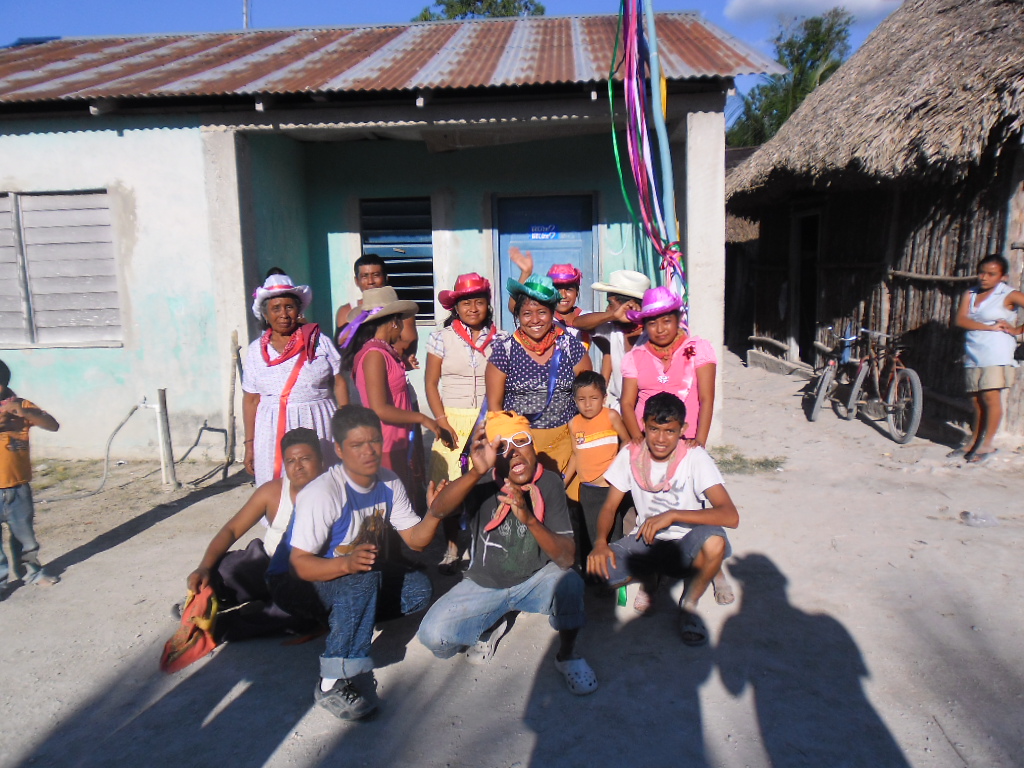
Photograph of Caledonia Carnaval August 2012. 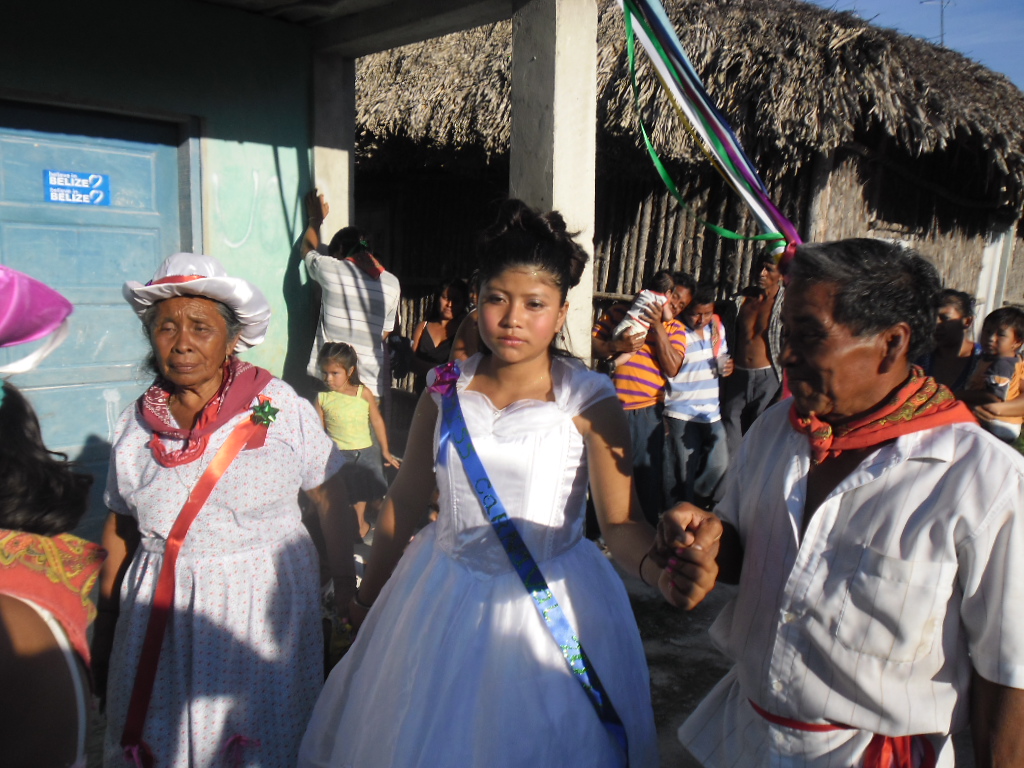
Photograph of Caledonia Carnaval August 2012. 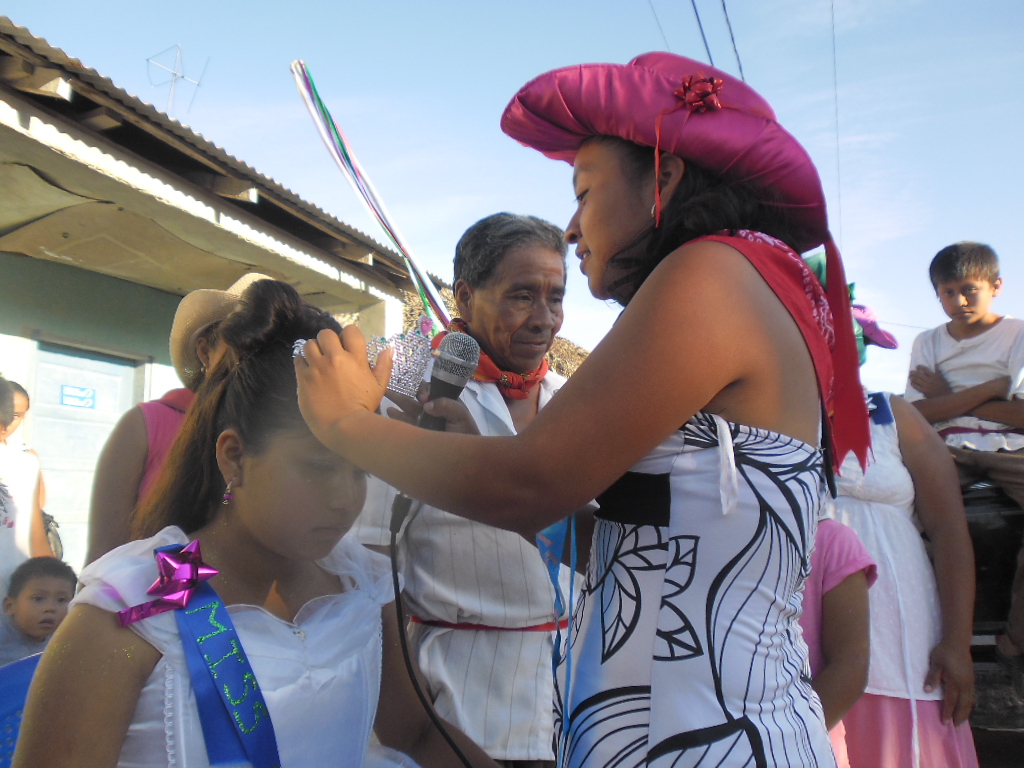
Photograph of Caledonia Carnaval August 2012. 
Photograph of Cranval Caledonia 2015. 
Photograph of Cranval Caledonia 2015. 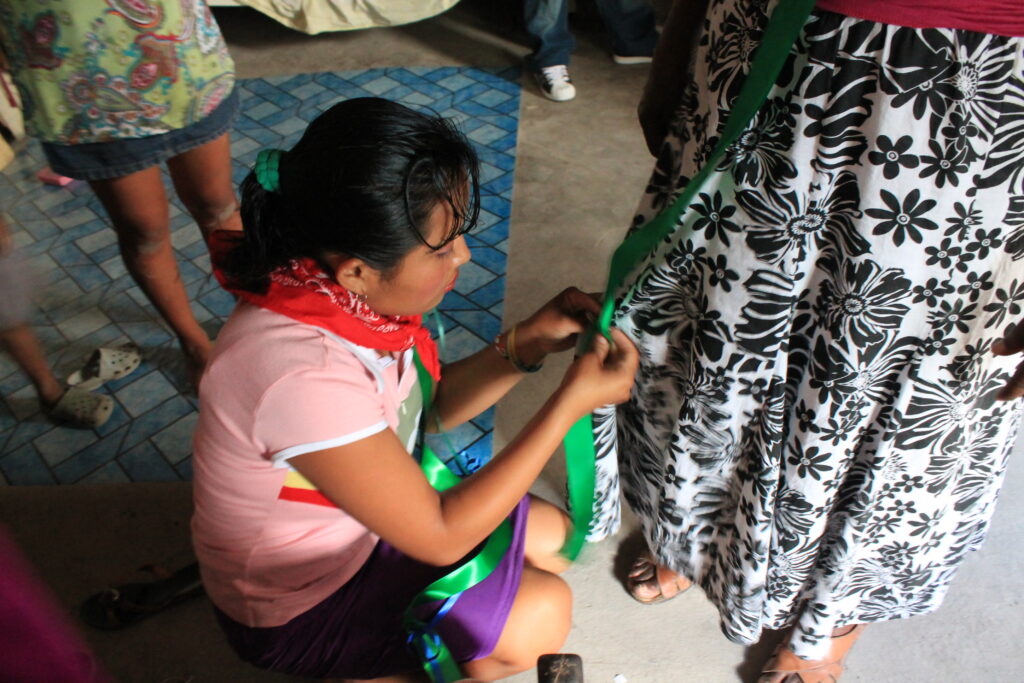
Photograph of Cranval Caledonia 2015. 
Photograph of Cranval Caledonia 2015. 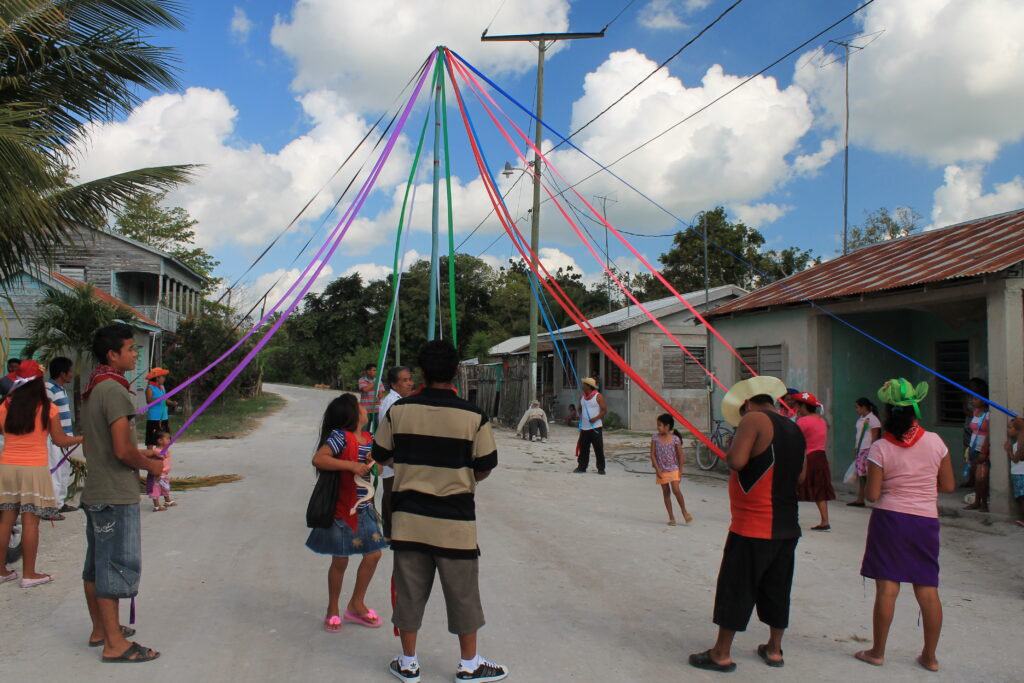
Photograph of Cranval Caledonia 2015. 
Photograph of Cranval Caledonia 2015. 
Photograph of Cranval Caledonia 2015. 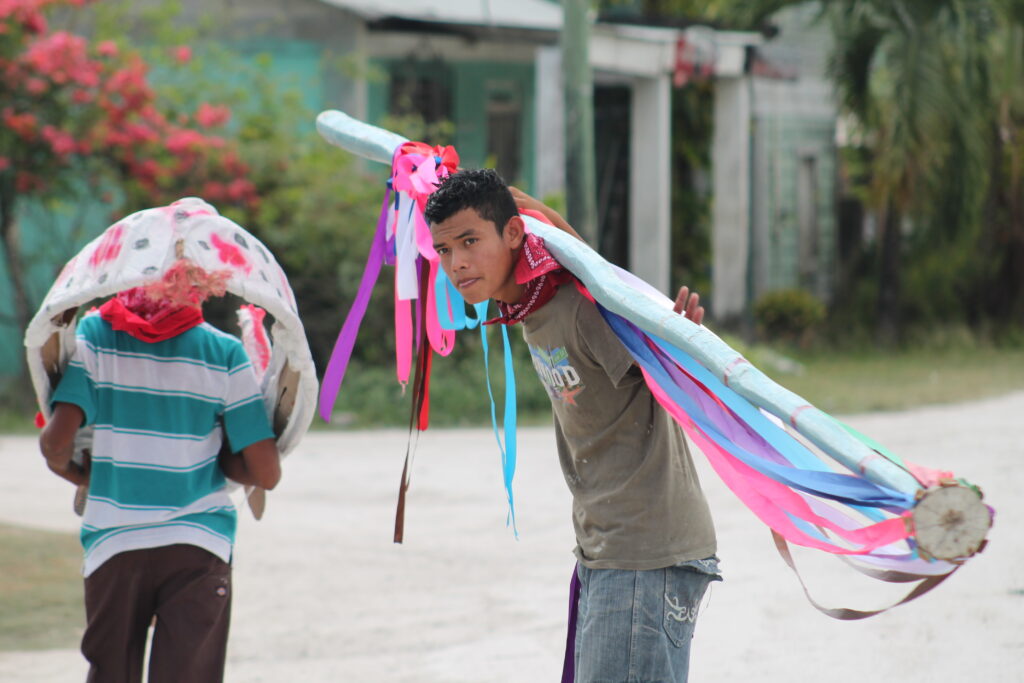
Photograph of Cranval Caledonia 2015. 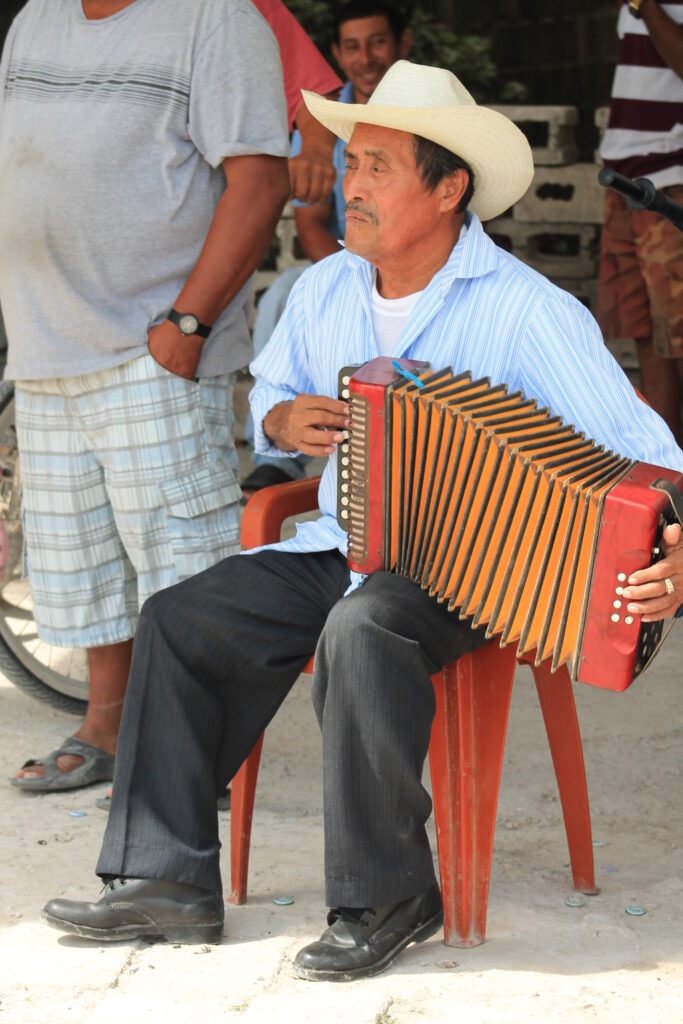
Photograph of Cranval Caledonia 2015. 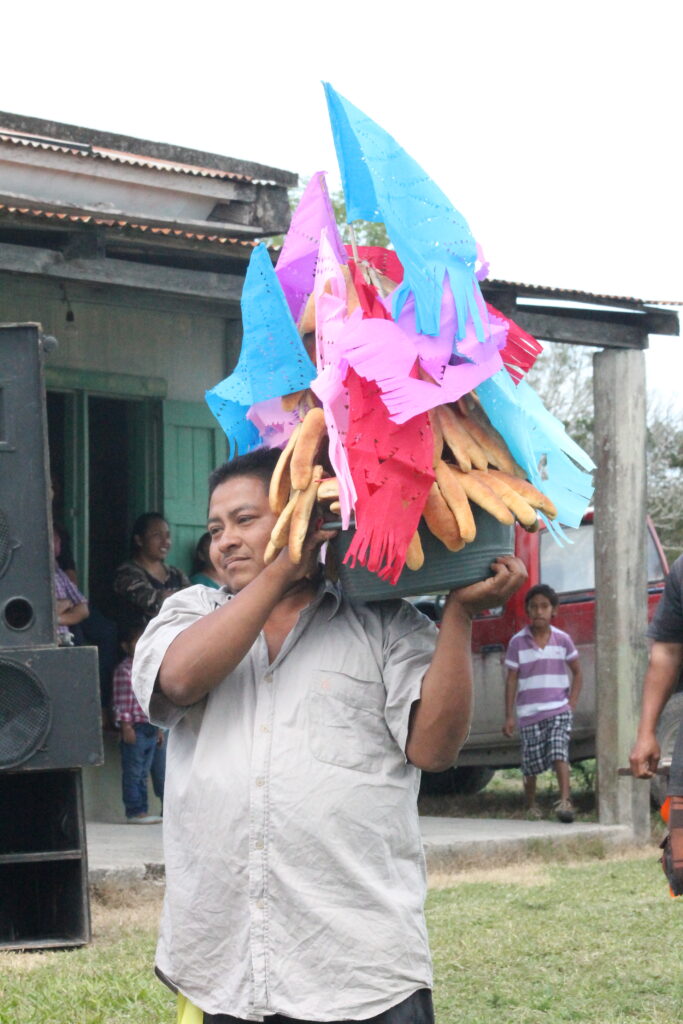
Photograph of Carnaval Caledonia 2016. 
Photograph of Carnaval Caledonia 2016. 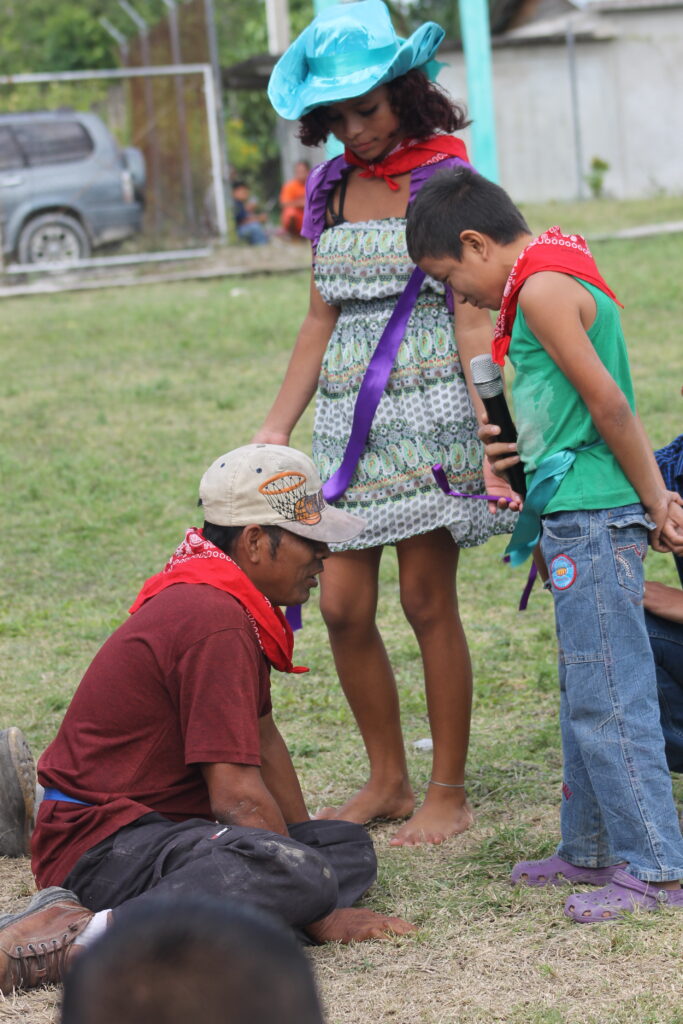
Photograph of Carnaval Caledonia 2016. 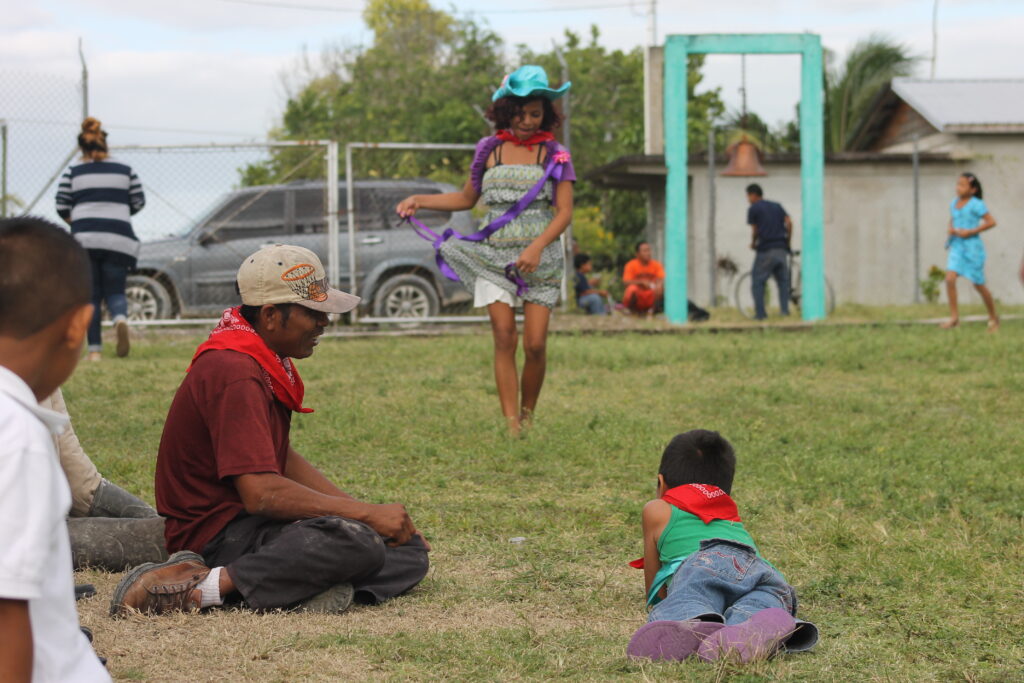
Photograph of Carnaval Caledonia 2016. 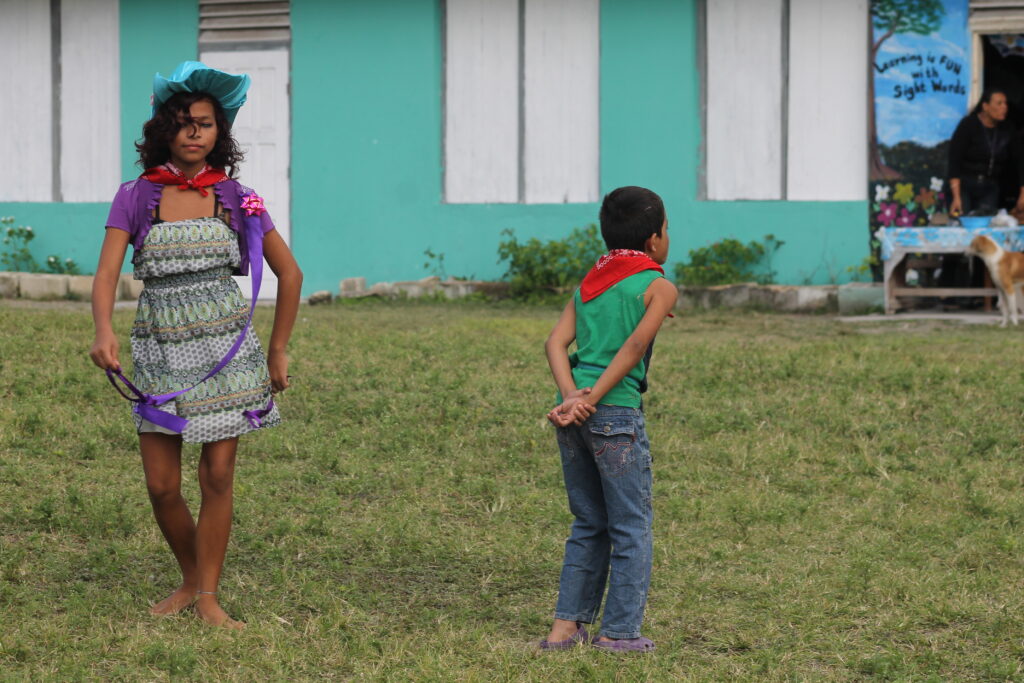
Photograph of Carnaval Caledonia 2016. 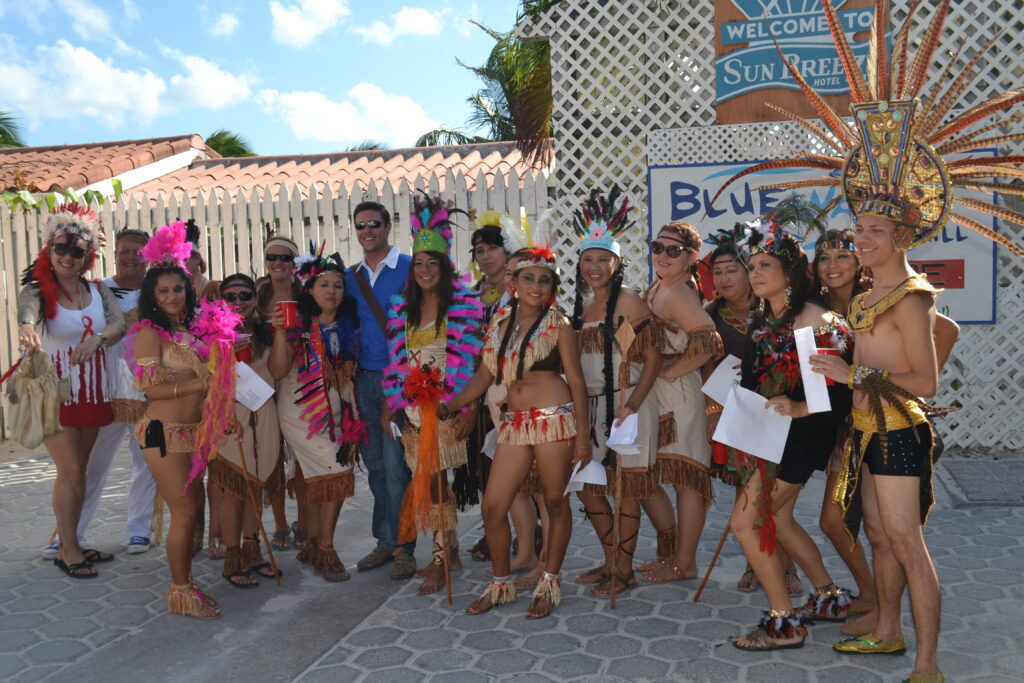
Photograph of Carnaval San Pedro 2014. 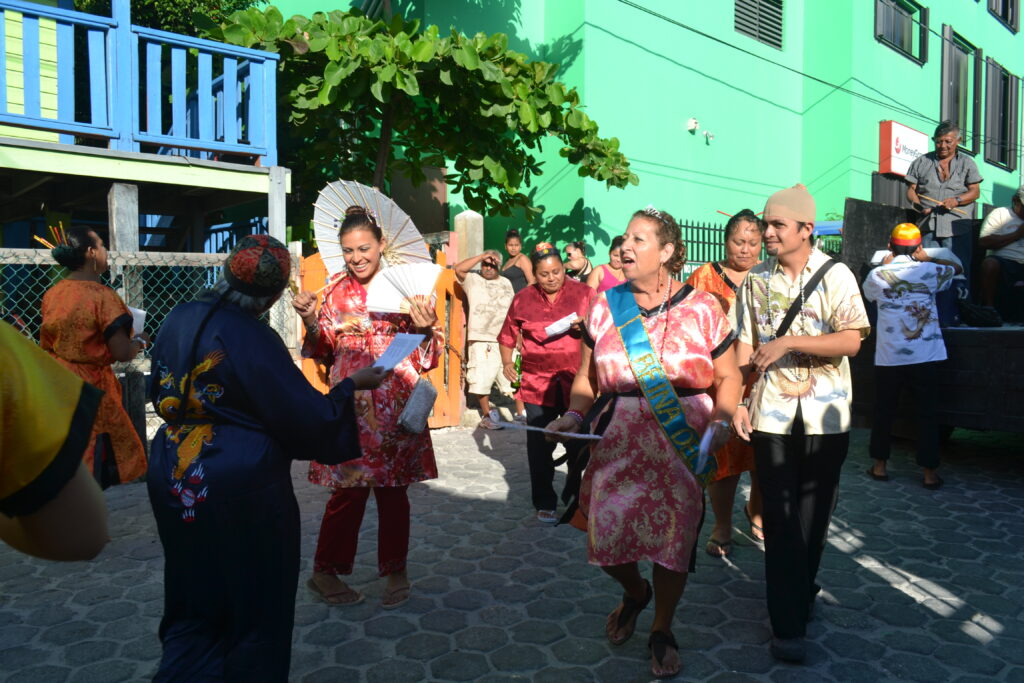
Photograph of Carnaval San Pedro 2014. 
Photograph of Carnaval San Pedro 2014. 
Photograph of Carnaval San Pedro 2014. 
Photograph of Carnaval San Pedro 2014. 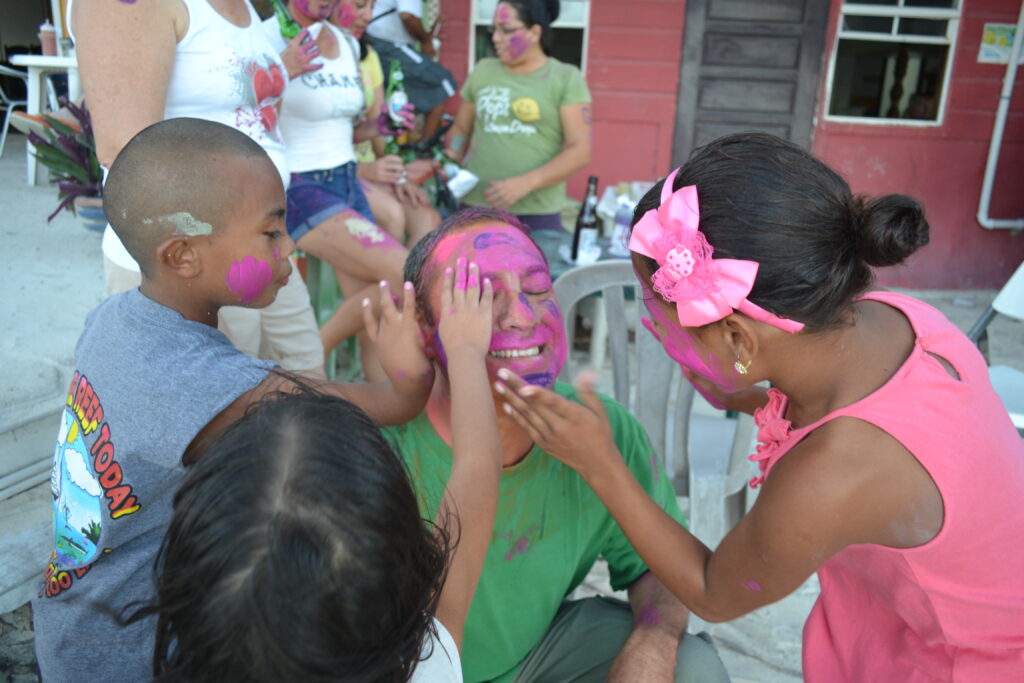
Photograph of Carnaval San Pedro 2014. 
Photograph of Carnaval San Pedro 2014. 
Photograph of Carnaval San Pedro 2015. 